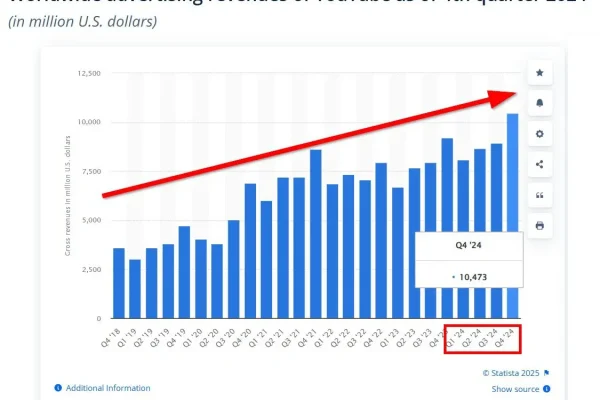Trading options can therefore be a great way to tap into volatility, but it is also one of the hardest and most time-consuming trading styles to perfect.
This book provides crucial information regarding this lucrative trading tool, and it is divided into three parts:
• Part 1: Essential Concepts
• Understanding Forex, • Currencies
• Part 2: Basic Tools and Trading Strategies
• Pips and Ticks, • Funding a Demo Account, • Trend Lines and Analysis, • Creating a Profitable Strategy
• Part 3: Advanced Tools and Strategies
• Elliott Wave Principles, • Using the MACD, • Fundamentals and correlation, • Spread Betting Strategies, • Risk and Position Sizing.
Short-term strategies
Fast-trading strategies are ways to profit quickly by opening and closing positions in timespans of hours to days. This strategy cuts out a lot of time and also a lot of risk associated with options trading because the trader doesn’t need to remain open past a certain time – thereby avoiding the risks associated with overnight market movements, overnight fees and costs.
Technical analysis, including metrics such as moving averages or stochastics, are often used by short-term traders with short-term trading strategies, whose entry and exit points are presumably revealed by fleeting patterns such as momentum trading – riding a trend until it shows signs of reversal – or ‘fading the trend’ and selling where volume declines.
The risk of loss is extremely high in short-ended trading, emotionally draining and can push traders to make emotional decisions that lead to mistakes that turn out to be costly. For instance, education on options trading strategies such as credit spreads and risk mitigation measures like setting stop orders along with diversifying and reducing concentration risk in trading portfolios are necessary. Educating oneself on these mistakes and risky mistakes can help prevent costly errors from being made by traders.
Long-term strategies
But plays aside, there’s plenty of long-term options approaches, many with limited downside risk that can, collectively, provide rising income and protection for slow, safe growth. For instance, if you’re already holding a position in a stock, selling a covered call option against it provides you with an easy and powerful way to generate premium income and softens your overall risk exposure.
Long-term investing requires a certain zen-like discipline of patience in learning to let go of the need for control and of thinking that one should understand every market gyration. Consequently it’s a good idea to establish a target asset allocation based on a target portfolio for your time horizon. When you first go to your investment adviser, don’t worry about getting the mix precisely right; rather, try to arrive at an investment target to get you somewhere close to your longterm financial goal and then stick with it, especially when things get rocky. Once you’ve set your investment directions, give your stockbroker some systematic investing strategies with dollar cost averaging so that you don’t sell stocks when they’re still on the way up or buy them when they’re about to drop but you have already committed your money to that particular sector. Slow and steady wins the race: always remember that the trend is your friend, it doesn’t matter where you are as long as you believe that the long-term trend is always upward and eventually they’ll sail back on course.
Fundamental analysis
Fundamental analysis: the process of evaluating a wide variety of factors that would constitute a valid price for any stock, usually undertaken by value or long-term investors to determine quality, growth, and set buy/sell price targets on their investments.
Perusing filings with the US Securities Exchange Commission such as 10-Qs, 10-Ks and 8-Ks can be an illuminating source of information about how companies have actually carried out in the quarter, as well as information about their business plan.
In fundamental analysis, traders have the option of analysing stock data from a top down approach, which takes into account the macroeconomy and the particular industry it belongs to, before narrowing down to a certain stock, or a bottom up approach that examines individual stocks and provides a more comprehensive picture, before looking at its impact on the market. Both approaches can potentially pay off, depending on your trading goals; truth is risk management and your knowledge of how the market works will dictate your success.
Volatility analysis
The volatility analysis of any security suggests an important reading of how the prevailing market, its average return and associated risk affects that security. Higher volatility suggests more ‘extreme’ price deviations. Reduced volatility implies lesser extreme price swings.
Getting that relationship embedded in your mind is the key to knowing whether you should buy or sell as a trader. It is the foundation of your decision-making process. Your main tool for comparing historical volatility to implied and future-realised volatility is a derivative called an options contract. The strike price and expiry date are the cornerstones of an options contract. Whichever decision you make as a trader becomes a bet on how the market will perform. If you think the price of an underlying asset will rise, you would buy a call option. And, if you are certain that the price of the underlying asset will decline, then you would buy a put option.
In fact, over time, volatility is drawn towards its mean, making volatility tracking a useful tool for traders to evaluate and anticipate market conditions. Low volatility can presage stonking over-confidence or a complacent market; spikes can point to periods of uncertainty and selling pressure; and recognising these patterns can help traders position themselves to profit from their mean reversion.








